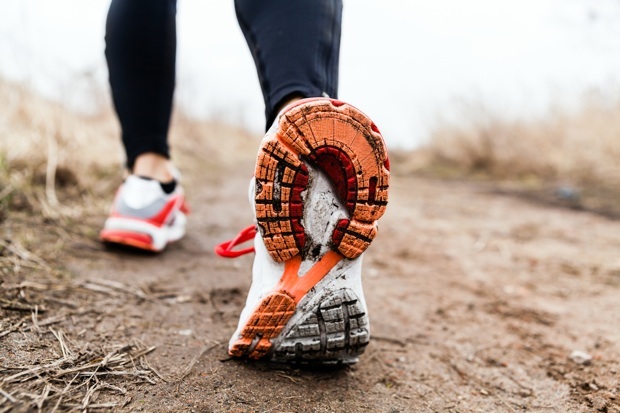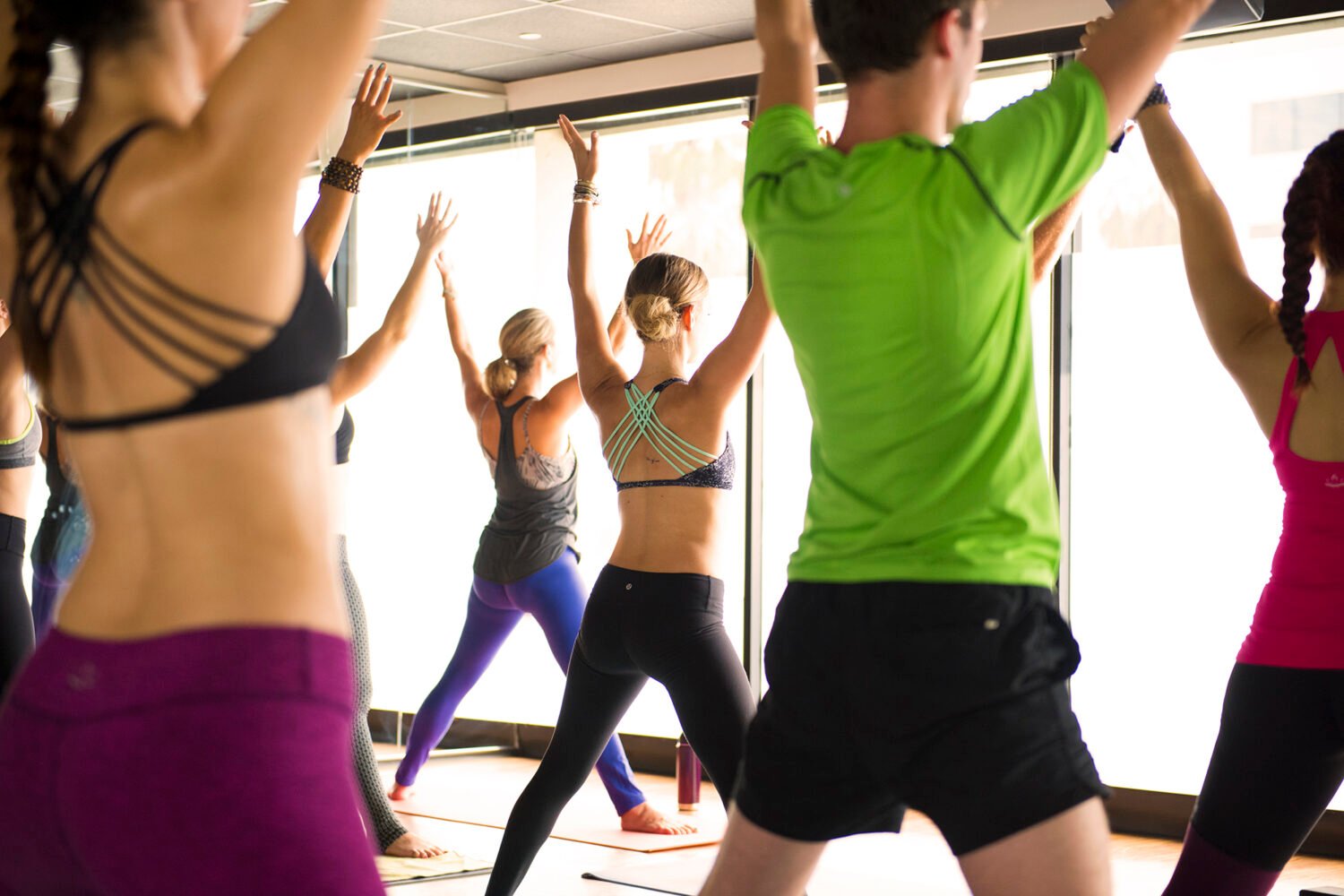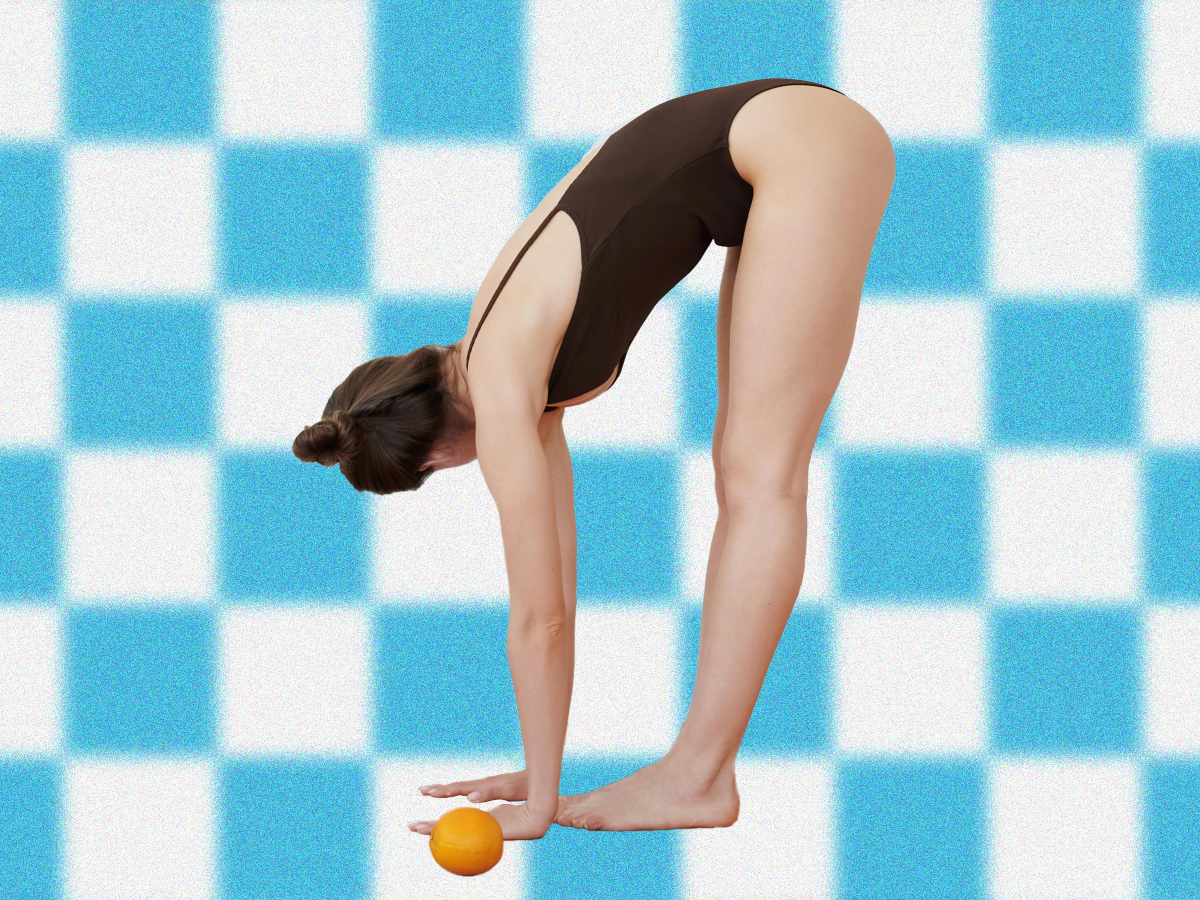Plenty of us are currently in training mode, thanks to the upcoming Rock and Roll
Half Marathon on March 16, the Cherry Blossom Ten-Miler on April 7, or the highly
anticipated women’s Nike Half Marathon on April 28.
But whether this is your first big race or your fifth, it’s always a good idea to
give your running form a checkup. Running coaches see plenty of common problems among
old and new athletes, from poor form to pacing issues. As you continue with your training,
look out for these running problems and take note of how to fix them.
1) Heel striking.
Running coach
Mike Hamberger says this is the most obvious issue he sees in new runners. Landing on the heel is
the culprit of most injuries, including shin splints and knee pain. “Any time your
foot hits the ground in front of your center of gravity, it’s like putting on the
brakes—the last thing any runner wants,” explains
Kathy Pugh, a certified holistic health and run coach.
How to fix it: The ideal footstrike is to land mid-foot, both coaches say. This can
be achieved by running with a slight lean, as if you are falling forward.
2) Shoulder tension.
Thanks to 9-to-5 jobs that require us to hunch over a desk, we tend to carry that
shoulder tension when we run, says Pugh. This is why many times coaches will encourage
runners to “run taller.” While the ultimate goal is to run with a lean, good posture
is key.
How to fix it: Stand up straight without locking your knees, and roll your shoulders
back. Next, form a tripod with your right hand, with the thumb and pinky finger resting
on the clavicle and index finger resting under the chin.
3) Running too slowly.
“We all remember the moral of the tortoise and the hare, but there is such a thing
as running too slowly,” says Hamberger. This is often the result of poor form, when
a runner shuffles his feet instead of running with turnover and a nice stride. In
fact, “if you tend to shuffle then your cadence is probably slower than 180 strides
per minute,” explains Pugh. The longer your feet are in contact with the ground, the
more impact your legs will suffer.
How to fix it: Imagine you have five gears, like a car, with the fifth gear being
your sprint. Hamberger says to stay out of the first gear (a.k.a. slow jog), and maintain
a second gear (fast jog) pace. Eventually, you can move into third gear, or your tempo
pace. Another hint: Test your cadence by counting how many times you lift your right
leg in one minute of running and multiplying that by two.
4) Swinging arms across the body.
New runners often run with closed fists and arms crossing the midline of the body,
something Pugh calls “pulling a Rocky”—“the runner looks like she’s in a boxing match
with the air,” he says. This action expends extra energy and causes the torso to twist
with the arms. In other words, it’s not doing your run any favors.
How to fix it: Relax the arms and keep them at a 90-degree angle by your sides. To
avoid fist-clenching, imagine you’re holding a chip between your thumb and index finger
while running.



















